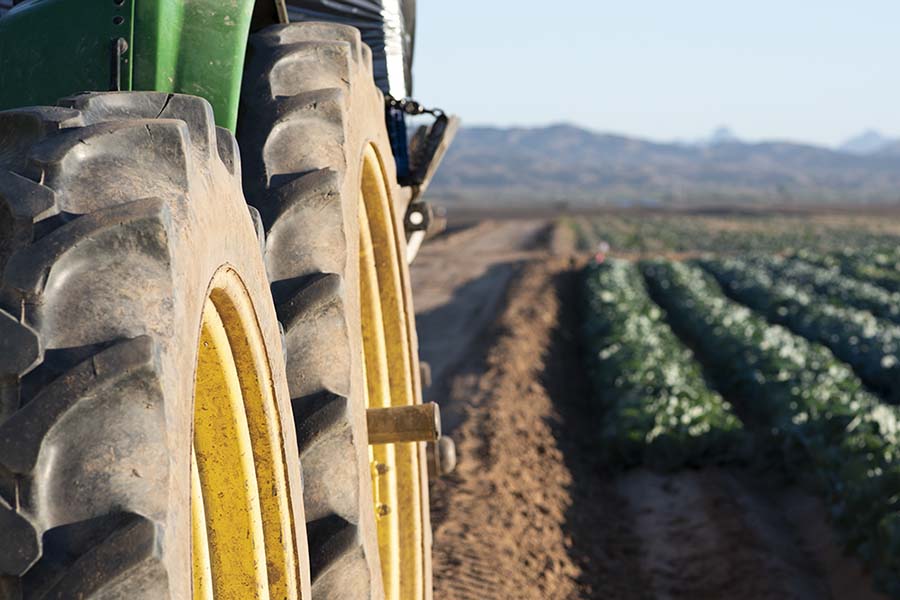Fresh Produce Remains Strong during Pandemic
Wednesday, July 15, 2020
By Mark Vaughan, Fresh Avenue Partners
My partner, Matt Little, who resides in California and leads our Western growing and farming efforts, recently shared his farming roots in this state and our Oklahoma produce production heritage with me.
The following is an excerpt from the article “How Mr. Little Makes Farming Pay” in the Kiowa County Democrat, published July 3, 1919.
“R. H. Little who lives on route three west of Manitou (Tillman County) was in Snyder several days this week marketing plums and other fruit. He is one of our most successful farmers … This year he has already sold 400 gallons of dew berries and blackberries. He has 500 plum trees that will average two bushels of plums to the tree. During July he will market peaches from 1,900 Elberta trees … He has shown that by hard work and careful attention to one’s farm that a place in Oklahoma can be made to produce more varieties of all kinds of fruit, vegetables and farm crops than in almost any other state. What we need is a whole lot more farmers like Mr. Little.”
The ongoing pandemic has brought fresh produce into even more prevalence in our world. The country has been “re-introduced” to cooking at home, and I believe this trend will continue to build momentum for produce consumption. The familiar becomes habit; people are getting to know produce again. This is good news!
Our national produce supply remains strong, but some key vulnerabilities were exposed in pandemic-attributed labor shortages at large operations and packing houses and in constrained distribution and logistics functions. These issues signal increased opportunities for the regional and local producer of quality fresh fruit and vegetables. The local grower must adhere to good agricultural practices, be flexible and maintain a strong commitment to food safety –– no one is off the hook when it comes to these responsibilities. Most retailers and some restaurant operators are looking to increase their usage of locally grown produce. Building these relationships, working hard to understand the marketplace and then efficiently meeting that demand is the general path to success.
A few words on organic … it’s hot. Jim McDonald, co-chair of Albertson’s Stores, said, “I’m seeing major increases across all of my 20 commanders; anything green in organic is just blowing out.”
As many of you know, organic production has its hurdles, but the demand curve is such that the farmer should be able to recoup the added cost of compliance.
The news keeps getting better for produce producers in Oklahoma with the support of the great team at the Oklahoma State University Robert M. Kerr Food and Agricultural Products Center in Stillwater and our strong OSU extension staff located in offices throughout the state. These professionals are here to help in a broad range of ways from business planning, marketing, food safety and grower assistance.

